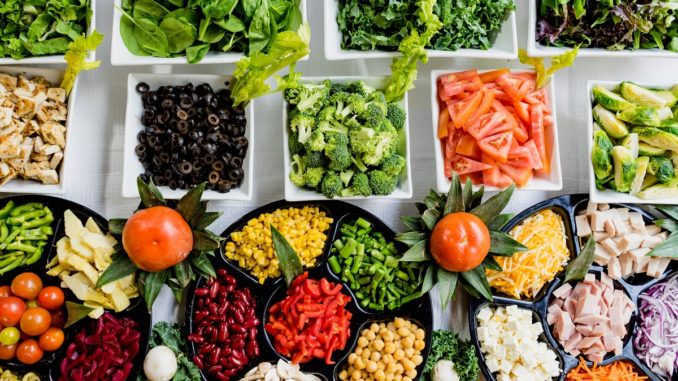
Australians love to wine and dine, which makes a food business a lucrative idea despite the mushrooming options in the market today. However, it can also potentially break the bank. On average, it costs almost $4,000 per seat, according to data.
While the price to follow a dream can be steep, it can still be doable once they learn the best tricks to start a food business on a shoestring budget:
1. Consider a Ghost Restaurant
Also known as a dark kitchen, a ghost restaurant is a concept where food entrepreneurs can develop, build, and eventually prep their orders without owning the place. They share it with other food business owners. None of them also run a physical diner.
But this setup offers the following benefits:
- Labour is cheap since businesses need not hire waitstaff and a lot of chefs.
- Business owners now have access to some of the best types of kitchen equipment and supplies.
- They can use the place on demand, which helps make their business more scalable.
- Others can learn from the techniques and experiences of their fellow entrepreneurs.
- They can try out their dishes in a more professional or commercial setting before offering them to their customers.
Where can one find a ghost kitchen? Startups can approach existing restaurants, especially small ones, and work out a partnership. For example, they might take over the kitchen once the shop closes. Some culinary schools can offer a similar service.
2. Buy the Best Equipment Money Can Afford
 Usually, when money is tight, quality takes a backseat. The problem is entrepreneurs could end up with tools that cannot manage heavy-duty work. Worse, they produce poor results or are prone to damage and technical issues.
Usually, when money is tight, quality takes a backseat. The problem is entrepreneurs could end up with tools that cannot manage heavy-duty work. Worse, they produce poor results or are prone to damage and technical issues.
Although business owners saved some cash in the beginning, they lose their value later because of maintenance, repair, and reduced productivity.
The remedy is to buy the best equipment one can afford. Today, many stores carry modern ovens for sale that are both reasonably priced and tech-driven. For example, they are already self-cleaning or ergonomic. They can also cook batches of food, which helps users save time and energy.
3. Bootstrap
What is a bootstrap? It is building a business from the ground up without taking business loans. Instead, entrepreneurs rely on the following:
- Personal savings
- Financial support from friends and family
- Grants and other cash assistance programs with no interest
- Assets that they can sell
Bootstrapping isn’t for everyone, especially for those eager to grow their business fast. It also forces entrepreneurs to think out of the box and remains risky. If the company fails, they lose a lot.
The good news is they can start a business without the pressure of paying off commercial loans. They have greater control over their cash flow since they don’t go directly towards interest payments. Bootstrapping can also encourage business owners to be innovative, resourceful, and creative. These skills can help them stay competitive.
Opening a food business is expensive, but it’s a hurdle anyone can pass, as revealed by the ideas above.
